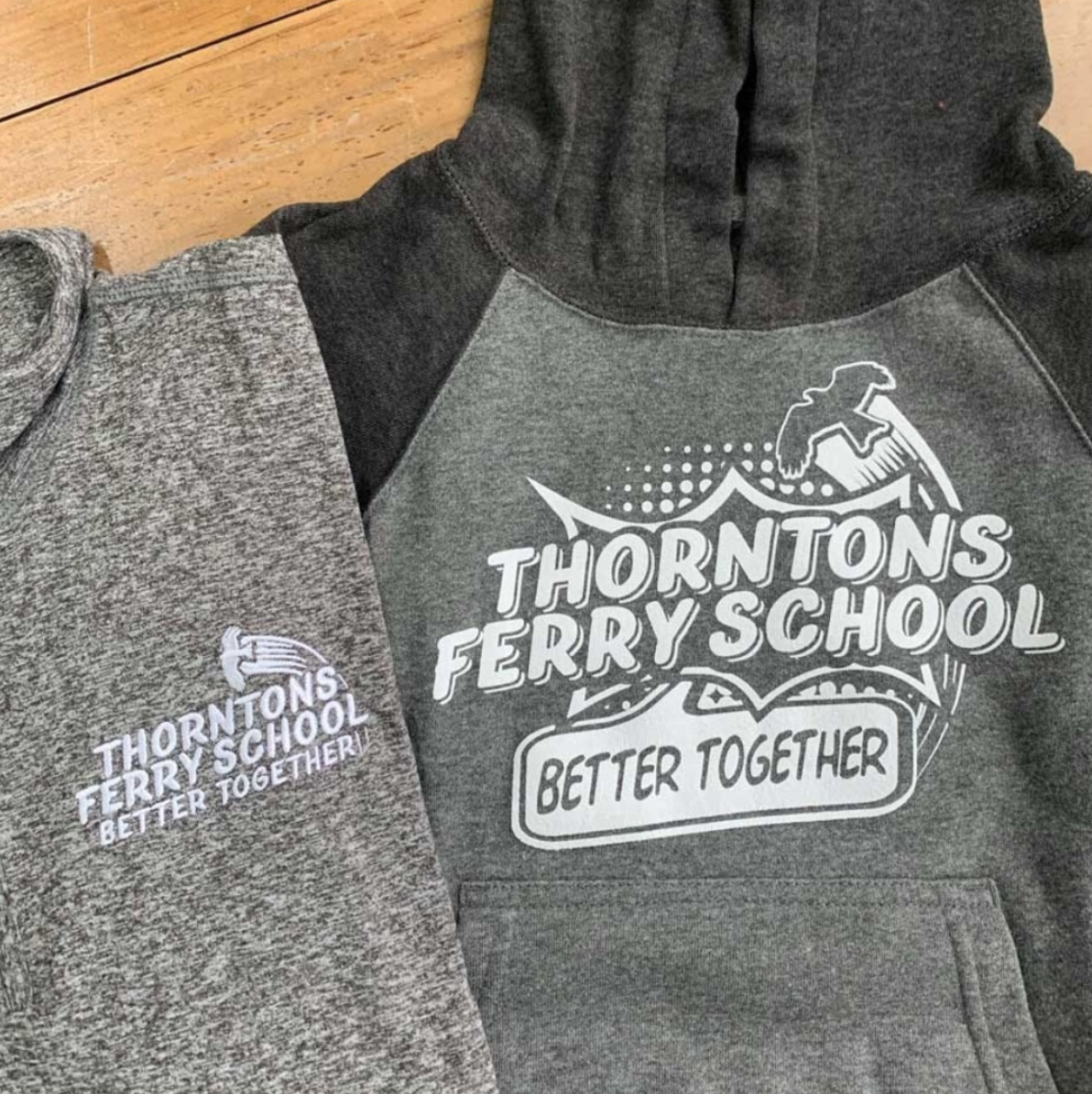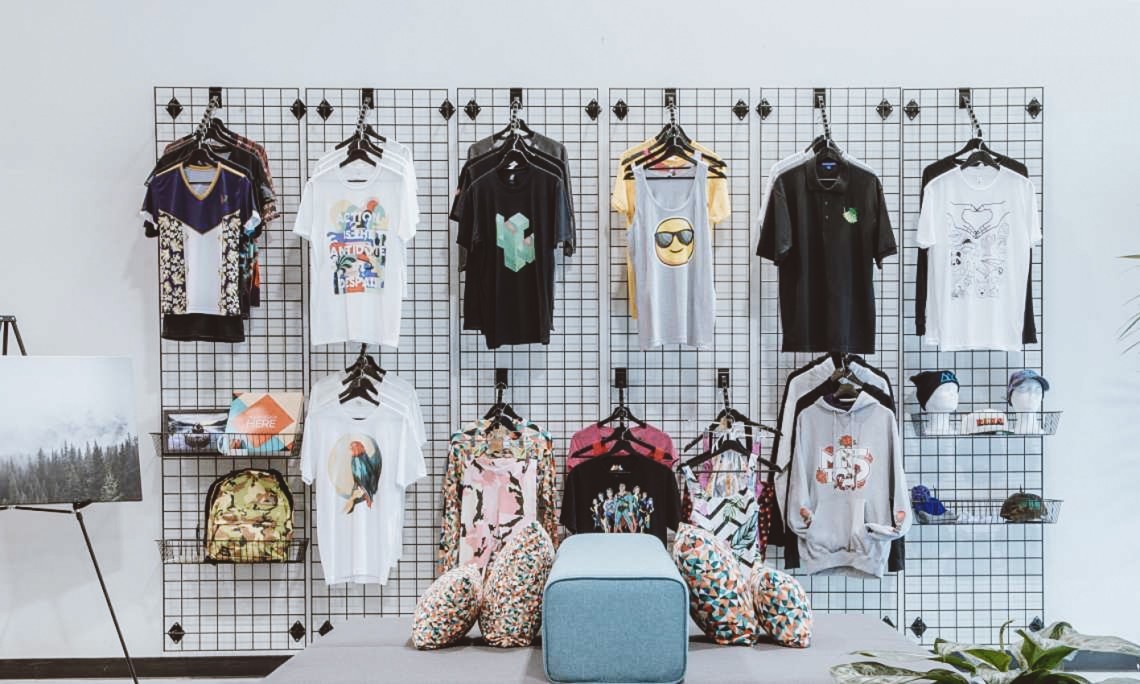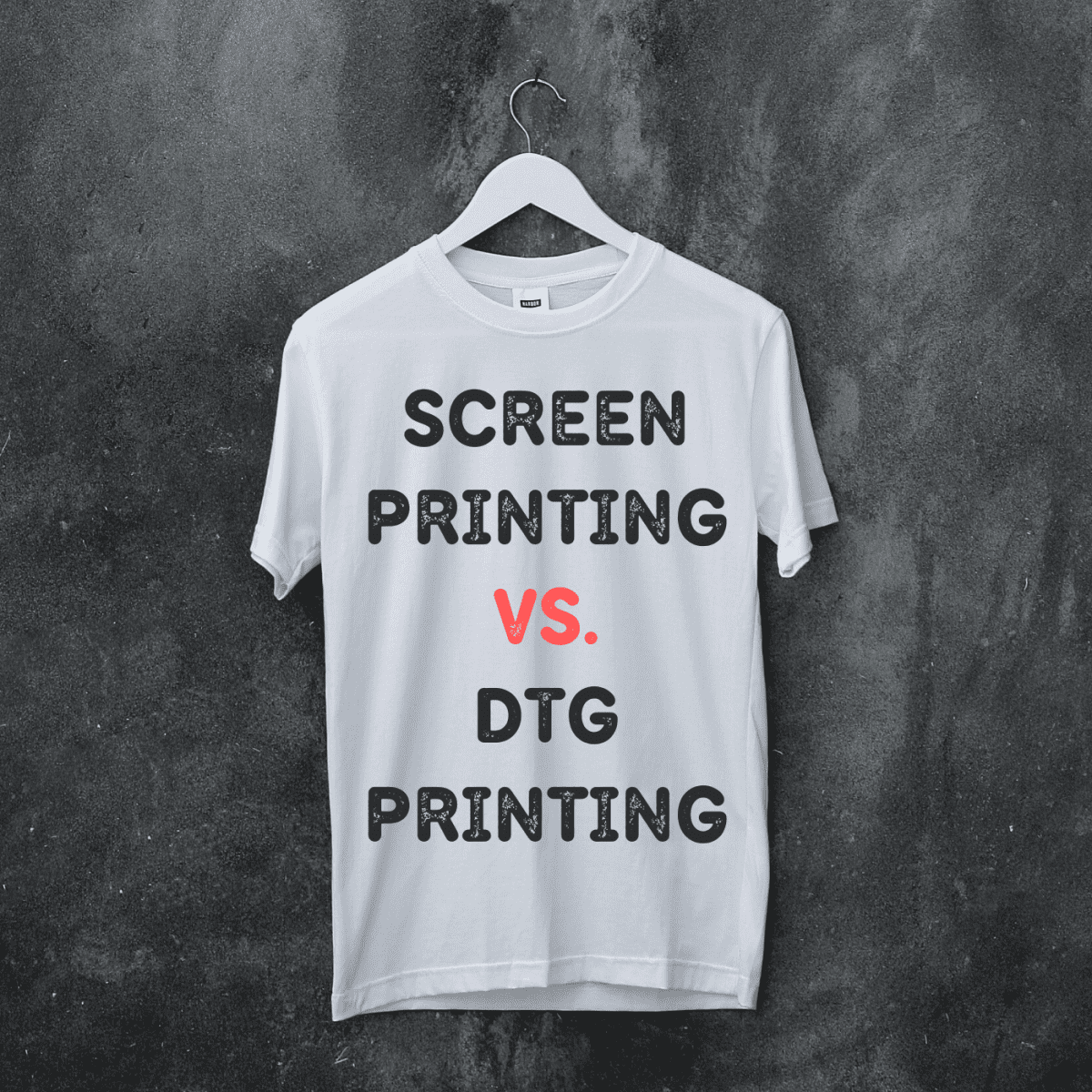An Unbiased View of Tx Tees
An Unbiased View of Tx Tees
Blog Article
Rumored Buzz on Tx Tees
Table of ContentsThe Greatest Guide To Tx TeesTx Tees for BeginnersAll About Tx TeesThe 30-Second Trick For Tx TeesHow Tx Tees can Save You Time, Stress, and Money.Some Ideas on Tx Tees You Need To KnowTx Tees for Dummies
That brings your overall to about $1,900 prior to tax and shipping. Add up various other prices, like the number of utilities it takes to run the store and the price of ink and emulsion per design. custom monograming. Take the print listed below. This is a one-color picture, so the cost of ink per shirt is about 20 cents.The emulsion must just be a couple of cents given that you 'd only need to coat one screen for this job. Typically, printers attempt to make up to 45% earnings on a print work.

With DTF, you can publish a handful of tee shirts, or just one. Use the same calculator as the area over to determine just how much profit you would certainly use DTF transfers. Compare the costs and profits to whichever approach speaks best to your setup and procedure. Both screen printing and DTF have their niches worldwide.
The Single Strategy To Use For Tx Tees
The very best way to understand? Ask about and see what print shops like your own are doing. screen printer. Attempt both out and see which you like better
When you're selecting what kind of printing approach to use for printing your art work layouts on your garments, it is very important that you know the distinctions in between these 2 techniques so you can optimize outcomes while decreasing costs. Screen printing is one of the most typically used strategy for printing designs on fabrics.
DTG printing is additionally called area or straight to garment printing because it publishes just what is needed as opposed to making a display as display printers do. https://www.metal-archives.com/users/txtees02. Display printing functions by display filler squeegee screen printing ink screen mesh screen, then moving the photo to garment making use of heat and/or pressure
The DTG printer uses unique dye-sublimation inks that are used into a pre-designed photo by an electronic printing system. The inks end up being component of the fabric, allowing for vivid colors and remarkable information. It's likewise called area or straight to garment printing since it publishes only what is required rather than making a screen as display printers do.
The 10-Second Trick For Tx Tees
Initially, it's much quicker - you can publish a fullcolor image in minutes, in contrast to hours for display printing. Second, there's no established time or expenses entailed - you can print any type of layout you like, without having to produce a display initially. Third, there's no waste - due to the fact that display printers display print one layout at once, they need to evaluate each shade separately.
The paper is very expensive and can only be used once. Once it's printed on, it needs to be discarded. - The initial purchase price is lower than the upfront investment of DTG printers- You can print multi-color designs one screen at once rather than needing to publish each shade independently like DTG printing.

All about Tx Tees
Instead of utilizing display mesh as display printers do, dye sublimation printers make use of laser technology to move your photos onto garments or paper. A heat process moves the dye from its solid-state directly right into the gas stage which in turn merges it onto textile substrates when they are quickly warmed to high temperatures under high pressure.
Sublimation printing is eco-friendly. It makes use of much less water than screenprinting, and because it does not include using damaging solvents, it's secure for all kinds of clothing. The dye sublimation inks are likewise unsmelling when healed, unlike screen printers that use dangerous chemicals throughout the screen printing process that leave behind an unpleasant odor.
They likewise conserve cash on pricey equipment like exposure units because color sublimation printers do not need a UV direct exposure device or a flash treatment stove that is typically used in screen printing (embroidery shop). What is straight to garment printing (DTG Printing)? DTG printing is an electronic screenprinting procedure that publishes directly onto material utilizing specialized inkjet printers
Not known Details About Tx Tees
DTG printing offers several advantages over standard screenprinting, including the ability to publish photographic top quality pictures, better shade vibrancy, and the capacity to print designs on darker textiles. DTG printers work by heating the fabric ink up until it becomes a gas. The gas after that permeates the fabric, bonding with the fibers to create an irreversible print.

Screen printers simply prepare their screen then begin publishing till they lack item or ink.- There is a variety of seasoned display printers throughout the globe, which can be helpful for newbies. - It's a slower procedure - display printers usually need to await the ink to completely dry before they can print the next color- Display printers call for hand-operated labor, so there's a greater discovering curve and it takes longer to produce a premium style- Screen printing isn't as accurate as DTG printing, so you might obtain some "bleeding" of colors from one component of the photo onto an additional otherwise done correctly.
The Best Guide To Tx Tees
Nonetheless, as opposed to using display mesh as screen printers do, color sublimation printers use laser modern technology to transfer your pictures onto garments or paper. A warm procedure transfers the color from its solid-state directly right into the gas phase which subsequently fuses it onto textile substrates when they are quickly warmed to high temperature levels under high stress.
Sublimation printing is environmentally friendly. It utilizes much less water than screenprinting, and because it does not involve using hazardous solvents, it's secure for all kinds of clothing. The color sublimation inks are also odor-free when healed, unlike screen printers that utilize harmful chemicals during the display printing procedure that leave behind an unpleasant smell.
They additionally save money on pricey equipment like exposure systems given that dye sublimation printers don't call for a UV direct exposure system or a flash remedy oven that is normally used in screen printing. What is straight to garment printing (DTG Printing)? DTG printing is an electronic screenprinting procedure that prints directly onto fabric utilizing specialized inkjet printers.
The 9-Second Trick For Tx Tees
DTG printing provides numerous benefits over conventional screenprinting, including the ability to print photographic quality photos, better shade vibrancy, and the capability to print styles on darker fabrics. DTG printers work by heating the textile ink till it transforms into a gas. The gas then permeates the fabric, bonding with the fibers to develop an irreversible print.
Report this page